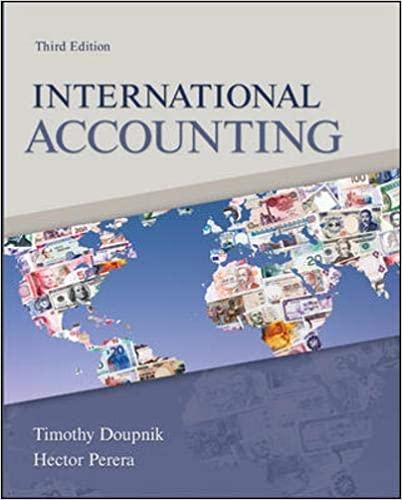Answered step by step
Verified Expert Solution
Question
1 Approved Answer
Hi, could you please help me with answering the following question? Thank you very much! Eric Ltd is a Singapore-based company that has approached a
Hi, could you please help me with answering the following question?
Thank you very much!

Step by Step Solution
There are 3 Steps involved in it
Step: 1

Get Instant Access to Expert-Tailored Solutions
See step-by-step solutions with expert insights and AI powered tools for academic success
Step: 2

Step: 3

Ace Your Homework with AI
Get the answers you need in no time with our AI-driven, step-by-step assistance
Get Started


